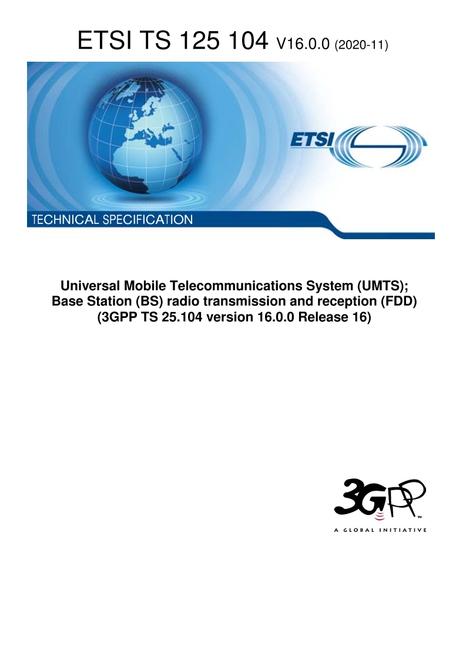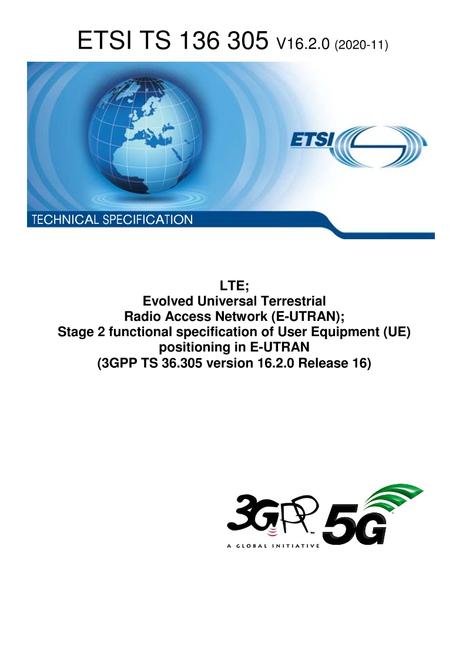-
-
Available Formats
- Availability
- Priced From ( in USD )
-
Available Formats
-
- Immediate download
- $27.25
- Add to Cart
-
- Printed Edition
- Ships in 1-2 business days
- $27.25
- Add to Cart
Customers Who Bought This Also Bought
-

ETSI TS 125 104
Priced From $27.25 -

ETSI TS 103 096-2
Priced From $27.25 -

ETSI TS 122 078
Priced From $27.25 -

ETSI TS 136 305
Priced From $27.25
About This Item
Full Description
This would imply that administrations may apply either no co-ordination at all (i.e. the band usage is free and the user is responsible for detecting a suitable interference-free operating frequency) or simplified co-ordination procedures based on the knowledge of existing links (e.g. through a public national data base) so that the impact of a possible new link could be evaluated on the basis of budgetary considerations of typical equipment receiver performances (which will not be considered related to essential requirements of article 3.2 of R&TTE Directive [1]).
Document History
-
ETSI EN 302 217-3
currently
viewing
Fixed Radio Systems; Characteristics and requirements for point-to-point equipment and antennas; Part 3: Equipment operating in frequency bands where both frequency coordinated or uncoordinated deployment might be applied; Harmonized EN covering Essential requirements of article 3.2 R&TTE Directive- Most Recent
-
ETSI EN 302 217-3
Fixed Radio Systems; Characteristics & requirements for point-to-point equipment and antennas; Part 3: Equipment operating in frequency bands where both frequency coordinated or uncoordinated deployment might be applied; Harmonized EN covering essential requirements of article 3.2 of R&TTE Directive- Historical Version





